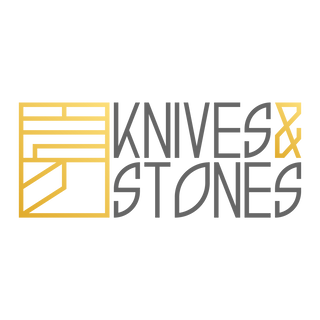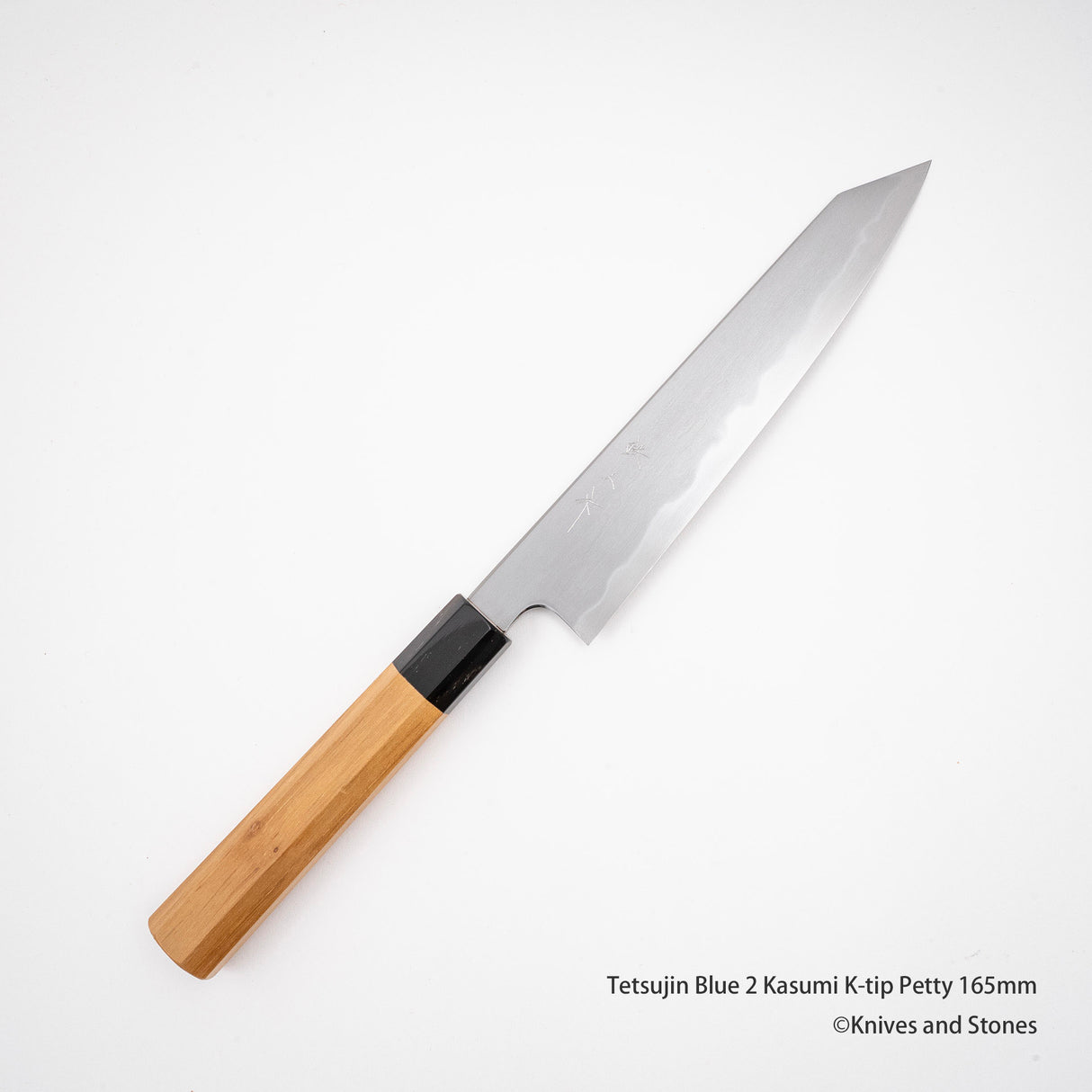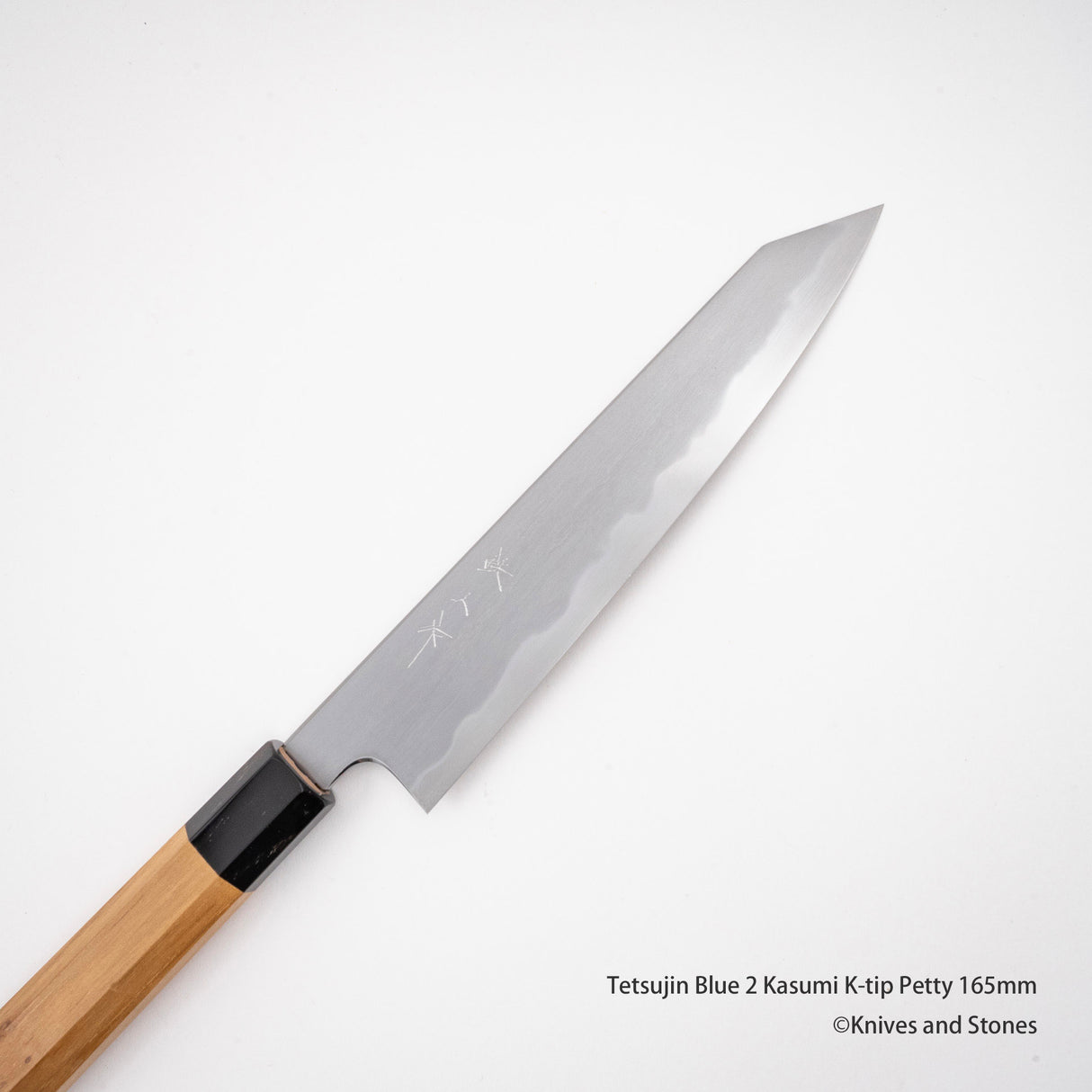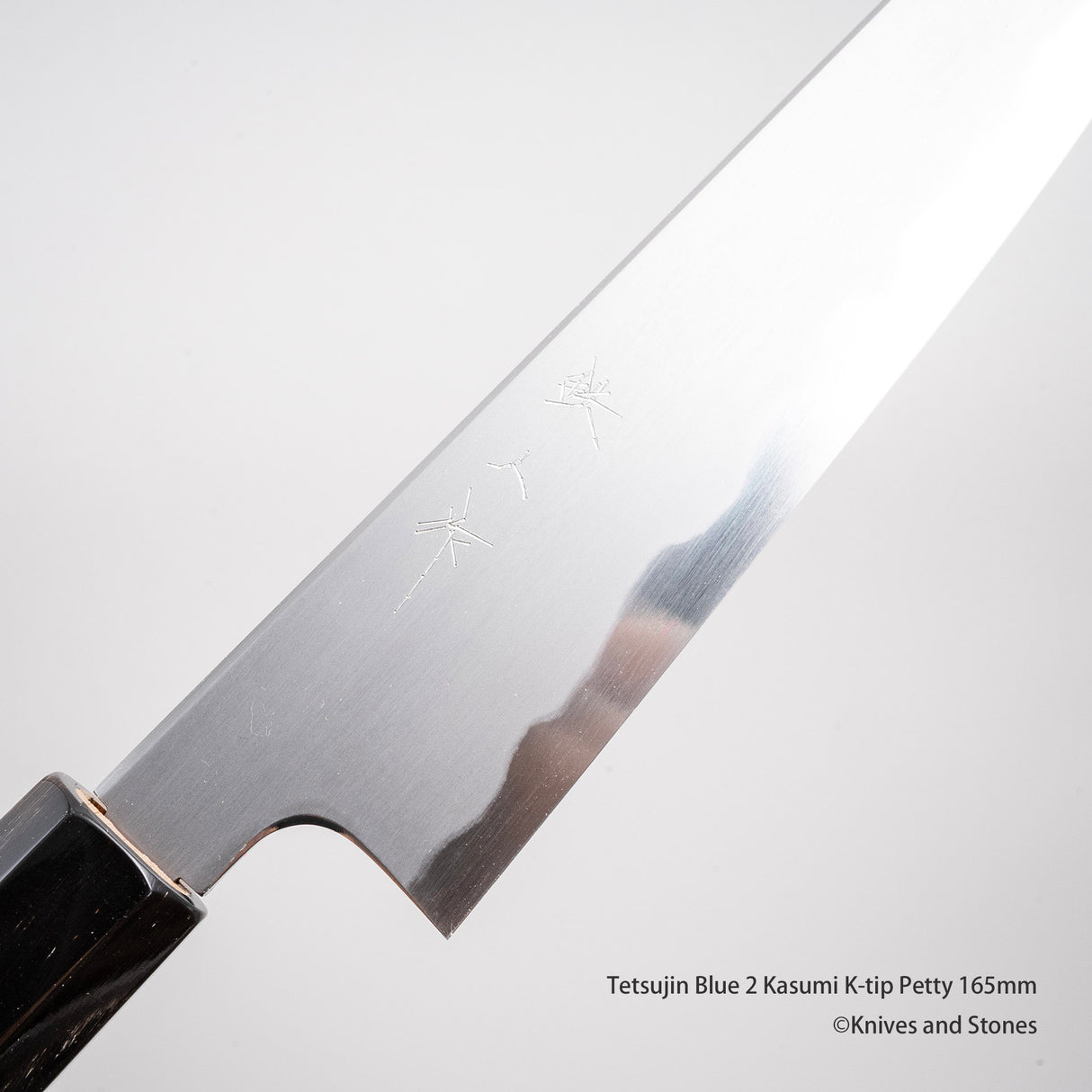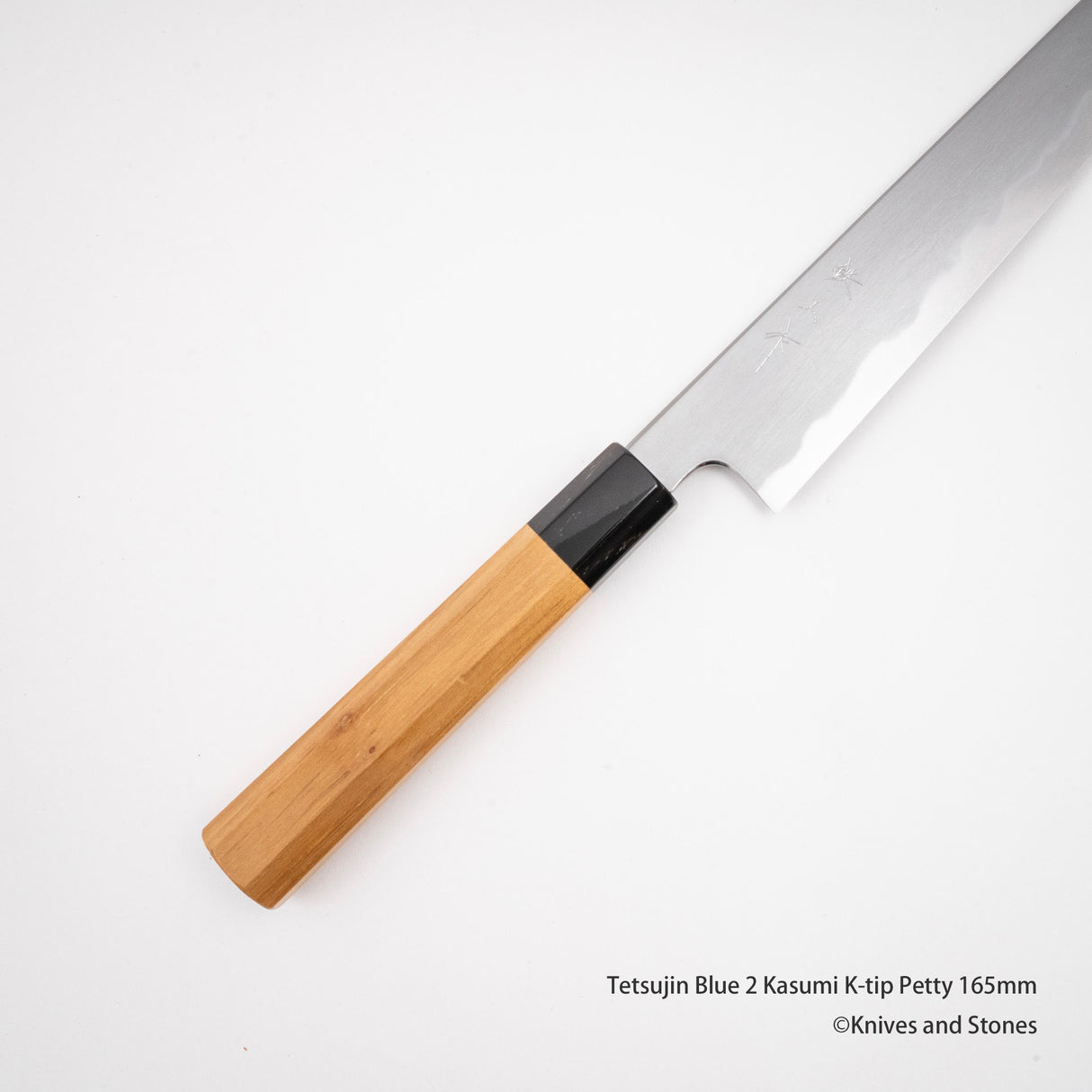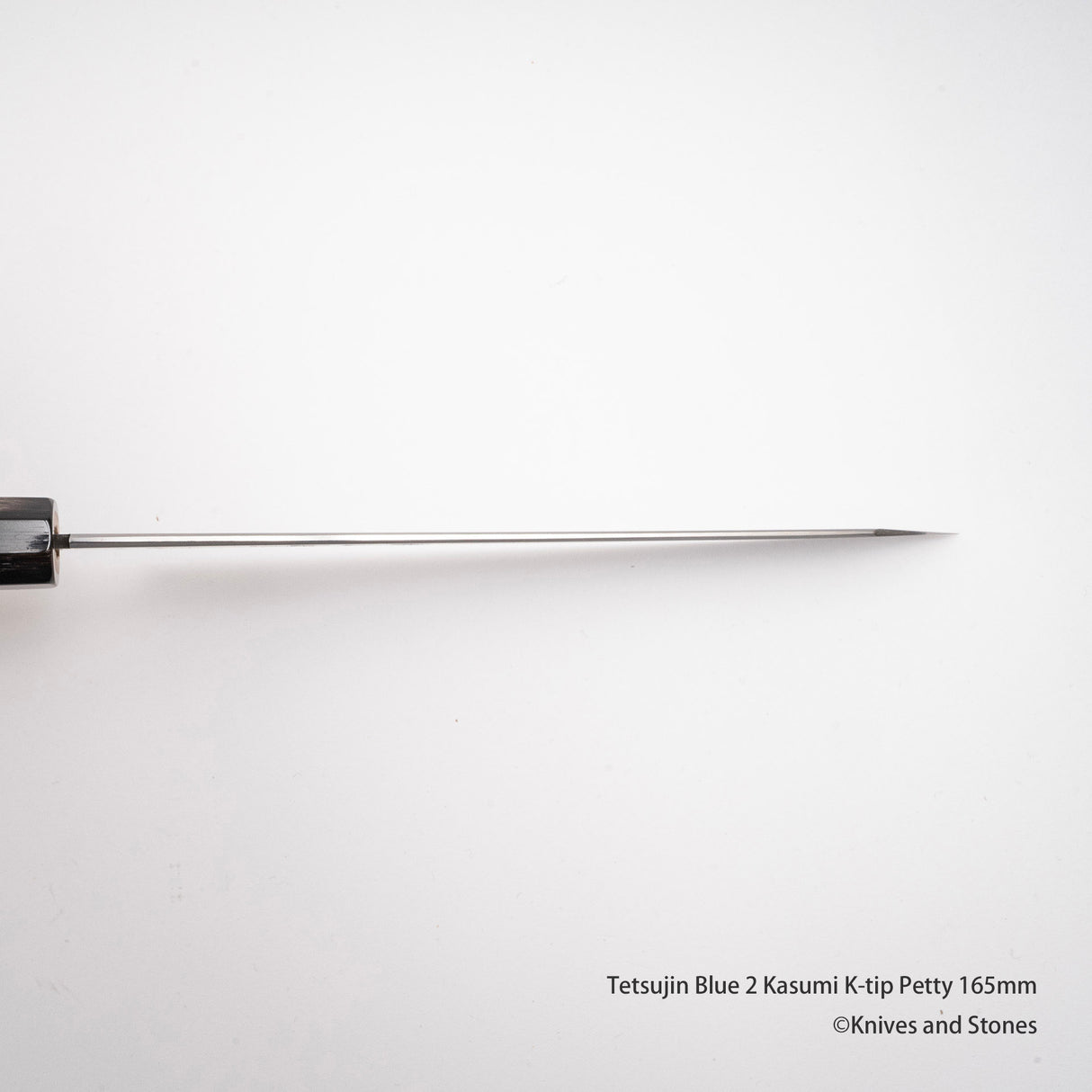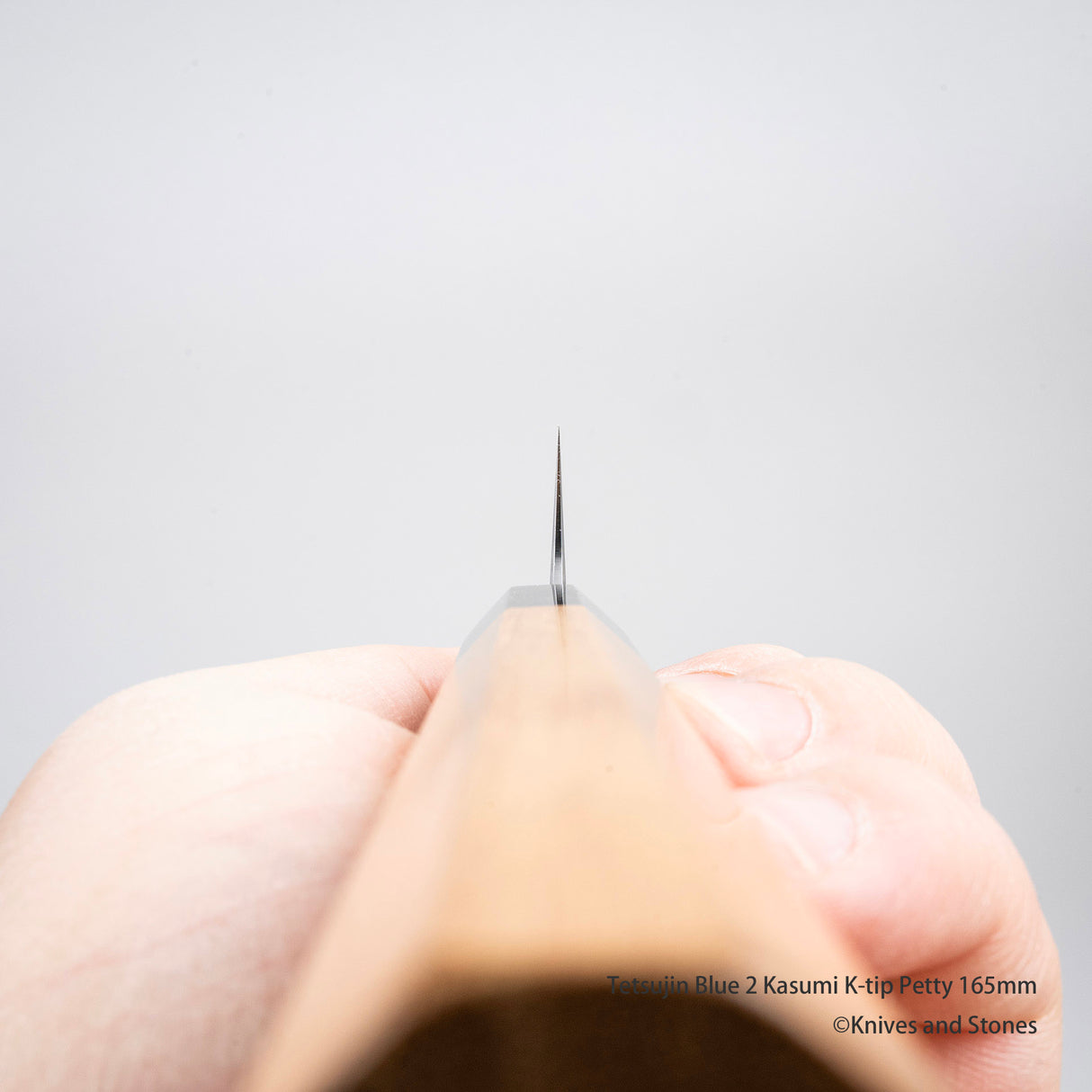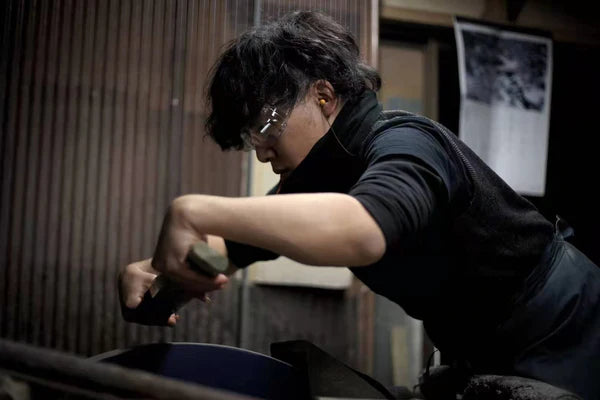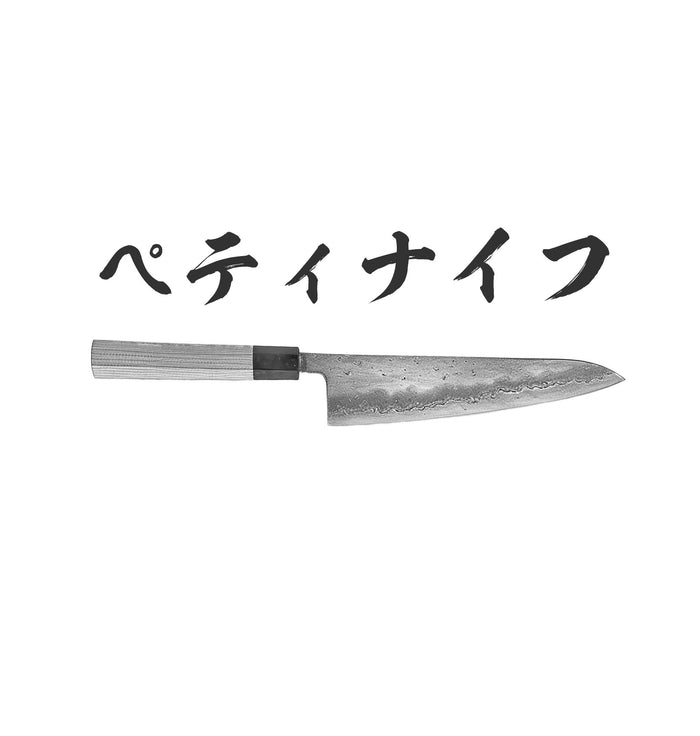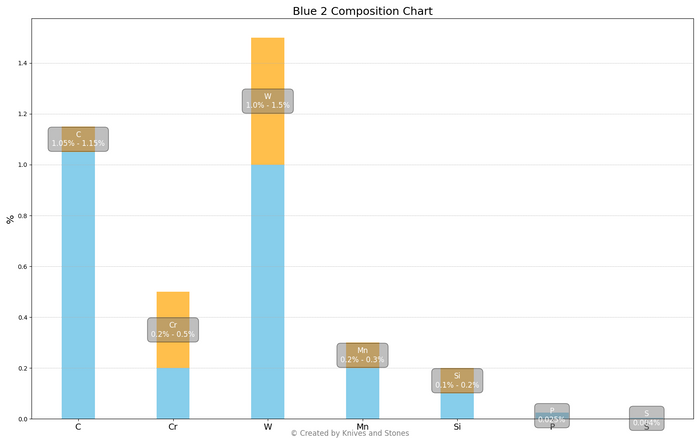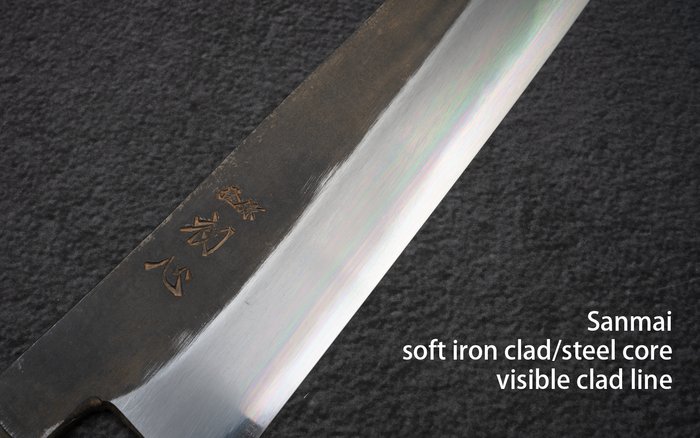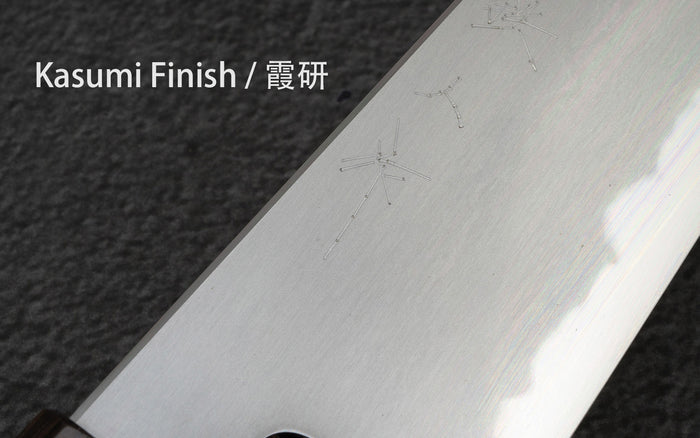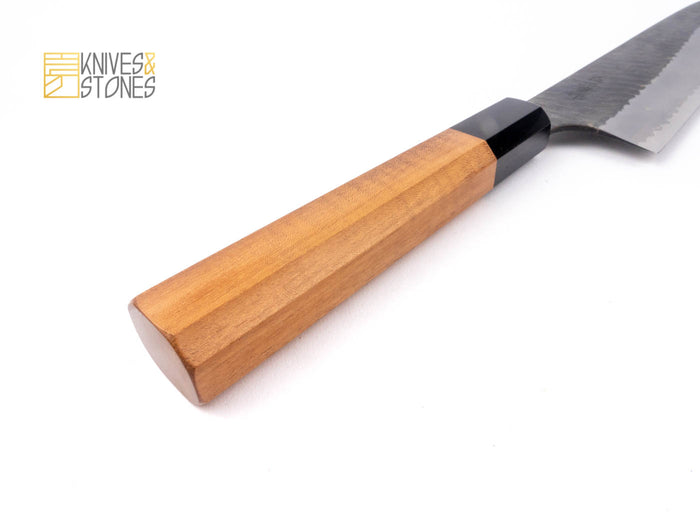Tetsujin Blue 2 Kasumi K-tip Petty 165mm
Tetsujin Blue 2 Kasumi K-tip Petty 165mm is backordered and will ship as soon as it is back in stock.
Couldn't load pickup availability
K&S Price: AU $399.95* inc. tax , vs:
| Hitohira JP | AU $453.0 | -13.53% |
| Store TT | AU $418.0 | -4.76% |
| Store CK | AU $508.0 | -27.32% |
* For overseas buyers you pay no GST (10%) and low shipping rate.
Last Update: 2025-01-03T16:45:34Z
Detailed Specifications
| Line | Tetsujin Blue 2 Kasumi |
| Profile | Petty / Utility, Paring |
| Bevel Type | Double Bevel |
| Weight | 61 g 2.15 oz |
| Edge Length | 157 mm .6.18 inch |
| Heel Height | 33 mm .1.3 inch |
| Width @ Spine | 2.3 mm 0.09 inch |
| Width @ Mid | 1.9 mm 0.07 inch |
| Width @ 1cm from Tip | 1.0 mm 0.04 inch |
| Steel | Blue 2 / Aogami #2 | Carbon |
| Blade Construction | Sanmai - Soft Iron Clad |
| Hardness (HRC) | 61 - 63 |
| Surface Finish | Kasumi |
| Handle | Octagonal Teak Black Ferrule |
| Region | Tosa |
| Best for |
|

| Pros | Cons |
|
|
|
Care Instruction
- Don't cut hard things! Japanese knives are brittle so bone hacking is a NO NO!
- Wash with neutral detergent after use, and wipe dry;
- Please don't wash knife with dishwasher, it will damage the wood handle;
- Be careful not to leave the knife close to a heat source for a long time;
- It is a lot more dangerous to cut with a blunt knife than a sharp knife!
- It is best to sharpen a Japanese knife regularly on a waterstone.
- Oil the (carbon) knife if storing for an extended period of time to prevent rust.
